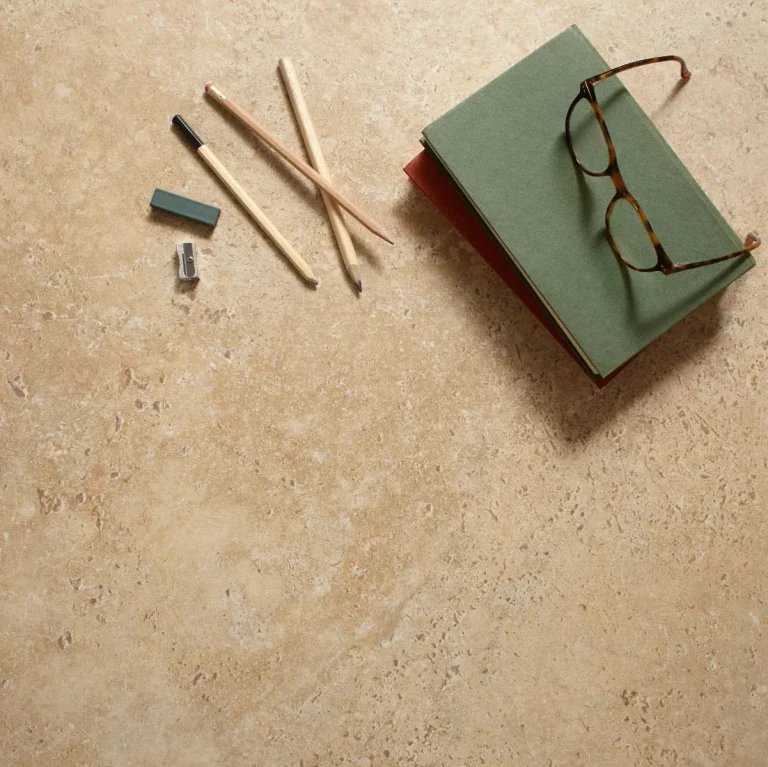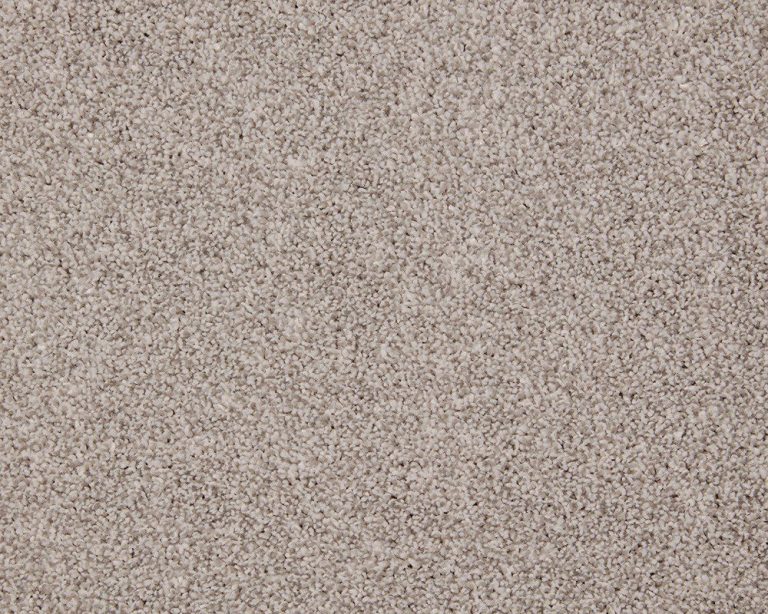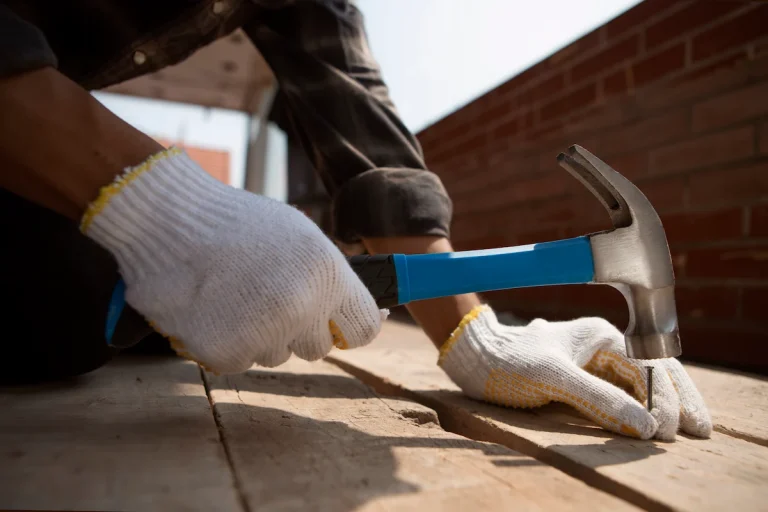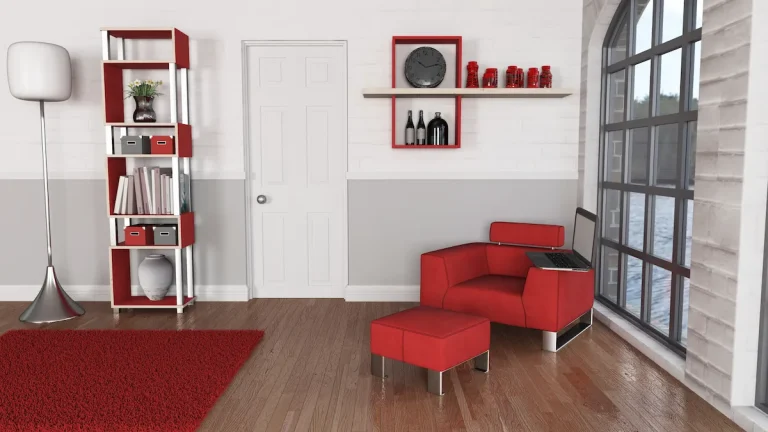When selecting the appropriate flooring for a commercial or residence establishment, two prominent options frequently considered are LVT vs. Engineered Wood, both offering unique flooring solutions. Each material presents distinct advantages and drawbacks, making it essential to comprehend their differences in order to make an informed decision regarding home flooring.
This article will examine the characteristics of LVT and Engineered Wood, comparing their material composition, durability, cost, installation processes, aesthetic appeal, moisture resistance, and environmental impact, providing insights into their flooring features. By the conclusion of this analysis, you will be well-equipped to determine which flooring option aligns best with your specific requirements, considering both budget-friendly and high-quality flooring options.
What Is LVT?
Luxury Vinyl Tile (LVT) flooring represents an innovative and aesthetically appealing solution for homeowners seeking to enhance their flooring choices with durable and affordable options. Primarily composed of PVC, LVT provides an extensive range of aesthetic designs that closely mimic the appearance of hardwood floors or natural wood, making it a versatile selection for diverse living environments.
Due to its durable characteristics, LVT is especially well-suited for moisture-prone areas such as kitchens, bathrooms, and conservatories, where water resistance is of paramount importance. Furthermore, its cost-effective nature contributes to LVT’s status as one of the most sought-after flooring options currently available for budget-conscious homeowners.
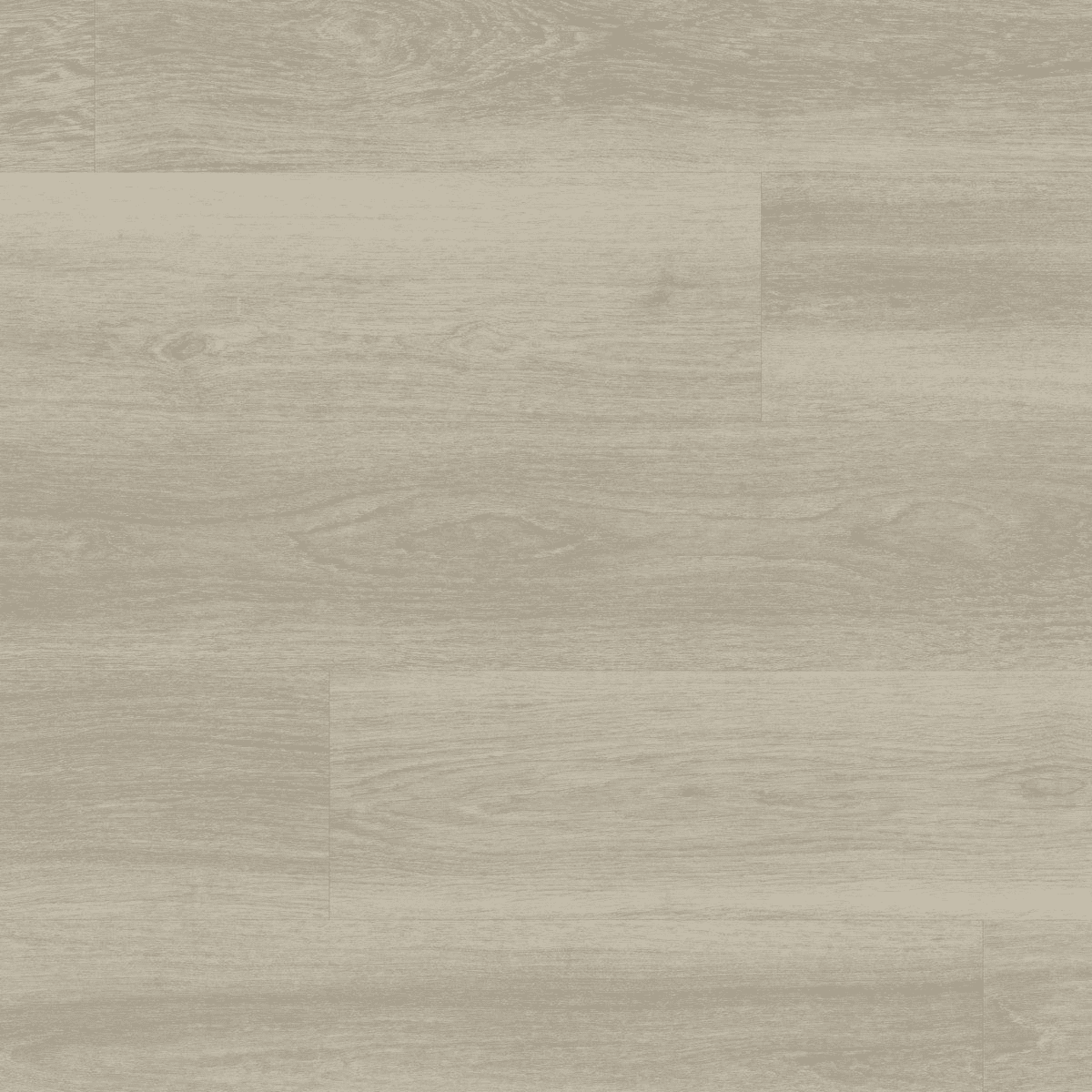
See product: Karndean Van Gogh Rigid Core Grey Brushed Oak
What Is Engineered Wood?
Engineered wood flooring has emerged as a preferred alternative to traditional hardwood floors, consisting of multiple layers of wood that offer improved stability and durability, making it an excellent choice for high-quality flooring. In contrast to solid hardwood, which is derived from a single piece of natural wood, engineered wood utilises a core made of plywood or high-density fibreboard, topped with a layer of hardwood veneer.
This construction enables engineered wood to endure fluctuations in humidity and temperature, rendering it suitable for a wide range of indoor environments, including studies, sitting rooms, and living spaces. With a diverse array of flooring styles available, engineered wood appeals to homeowners who desire the aesthetic charm of hardwood while minimising the associated maintenance challenges, and understanding engineered wood benefits and drawbacks is essential.
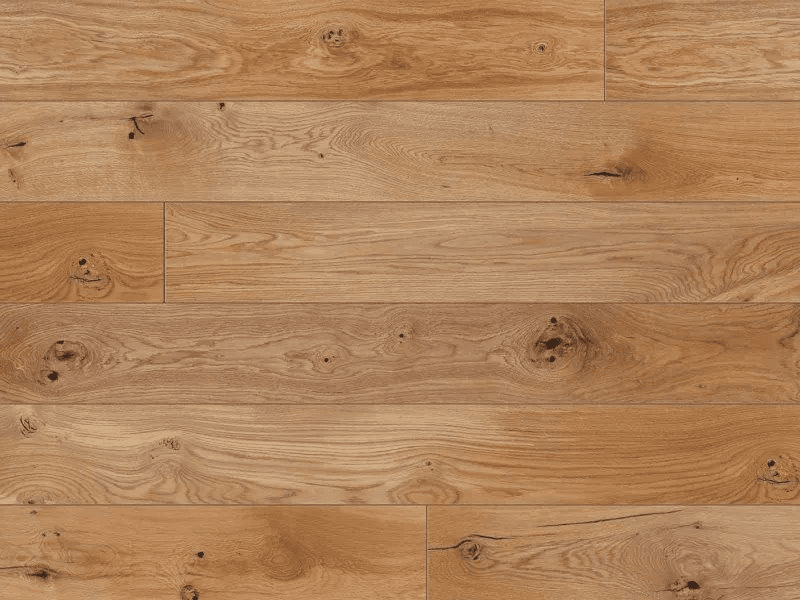
See product: Elka 13.5mm Real Wood Summer Oak
The Differences Between LVT and Engineered Wood
When comparing luxury vinyl tiles (LVT) and engineered wood, it is crucial to evaluate various factors that distinguish these two types of flooring, including material composition, durability, maintenance requirements, and cost comparison.
LVT is a luxury vinyl product designed to replicate the appearance of real wood while offering superior moisture and scratch resistance, making it particularly suitable for high traffic areas and moisture-prone environments like kitchens and bathrooms.
Conversely, engineered wood provides the authentic aesthetic of hardwood floors, imparting a sophisticated touch to living spaces while presenting its own distinct advantages and disadvantages related to longevity and maintenance, making it a popular choice for interior design enthusiasts.
1. Material Composition
The material composition of luxury vinyl tile (LVT) flooring primarily consists of polyvinyl chloride (PVC) and various additives that create a resilient and water-resistant surface. In contrast, engineered wood is comprised of several layers, including a core layer constructed from plywood or fibreboard, which is then topped with a real wood veneer.
When assessing the performance and durability of these flooring options, it is crucial to acknowledge that the water resistance of LVT makes it an ideal choice for moisture-prone areas, such as kitchens and bathrooms. Conversely, the layered structure of engineered wood enables it to expand and contract with changes in humidity, thereby providing stability and longevity in environments subject to temperature fluctuations.
- LVT is generally less susceptible to scratches and dents due to its plastic composition, making it suitable for high-traffic areas.
- Engineered wood, while more vulnerable to surface damage, offers the natural beauty and warmth characteristic of hardwood.
Ultimately, the selection of the appropriate flooring material should be based on the specific needs and conditions of the space, striking a balance between aesthetics and functionality, while considering flooring durability and maintenance.
2. Durability and Maintenance
Regarding durability, LVT (Luxury Vinyl Tile) flooring is frequently recognised for its exceptional scratch resistance and ability to endure heavy foot traffic, making it an ideal option for high-traffic areas such as kitchens and living rooms. In contrast, engineered wood offers a harmonious blend of aesthetic appeal and durability, though it may necessitate more frequent maintenance.
This consideration leads many individuals to find LVT particularly attractive due to its lower maintenance requirements, especially in households with pets or young children. Conversely, while engineered wood showcases timeless elegance, it is more susceptible to dents and scratches, highlighting the importance of establishing a regular maintenance plan for homeowners.
The following outlines key differences in maintenance requirements:
- LVT flooring: Less prone to damage, resistant to moisture, and generally easy to clean, requiring only occasional mopping.
- Engineered wood: Requires periodic refinishing to maintain its appearance, and it is advisable to use rugs in high-traffic areas to minimise wear.
Understanding the balance between aesthetic appeal and durability is essential when selecting flooring, as proper care can significantly extend the lifespan of either option, enhancing the flooring warranties.
3. Cost
When assessing costs, LVT flooring is typically more affordable at the outset compared to engineered wood, making it an appealing option for budget-conscious homeowners in search of durable flooring solutions.
Several factors are instrumental in determining the overall cost of flooring options, influencing both short-term investments and long-term satisfaction.
- Initial Purchase Price: LVT generally has a lower initial cost, enabling homeowners to cover a larger area without exceeding their budget.
- Installation Costs: Installation expenses can vary; while LVT often requires minimal preparation and can be suitable for do-it-yourself projects, engineered wood may necessitate professional installation, thereby increasing the total cost.
- Durability and Maintenance: The long-term resilience of each material can significantly impact its overall value. LVT typically demonstrates greater resistance to moisture and wear, which can minimise long-term repair or replacement expenses.
- Resale Value: Engineered wood may provide a more favourable return on investment when selling a property, owing to its aesthetic appeal and composition from natural materials.
By understanding these factors, homeowners can make informed decisions that carefully balance affordability with the potential long-term benefits associated with their flooring choice.
4. Installation Process
The installation process for Luxury Vinyl Tile (LVT) flooring is generally more straightforward due to its click-lock design, which facilitates easy do-it-yourself installation, making it popular in home improvement projects. In contrast, engineered wood flooring typically requires more specialised skills and tools for proper installation.
When evaluating the installation of these flooring types, various factors must be considered. For example, LVT can often be installed without the use of adhesives or nails, rendering it a popular choice among homeowners. Conversely, engineered wood flooring usually necessitates the use of specific tools, such as saws and adhesives, and may demand a more comprehensive understanding of subfloor preparation.
- Ease of installation: The click-lock system of LVT allows individuals to install the flooring with minimal training.
- Tools required: While LVT may only require a utility knife and a mallet, engineered wood often necessitates a complete set of carpentry tools.
- Challenges: Uneven subfloors can present more significant issues for engineered wood, whereas LVT can often accommodate minor imperfections more readily.
This distinction in installation methods elucidates why many homeowners are inclined to choose LVT for their do-it-yourself projects, while engineered wood is often preferred by those with more experience in flooring installation, especially when underfloor heating is a consideration.
5. Appearance and Style
Aesthetic appeal plays a crucial role in the decision-making process for homeowners, as LVT flooring is specifically designed to replicate the appearance of hardwood floors while offering a wider array of colours and patterns, thus expanding flooring choices for diverse décor preferences. In contrast, engineered wood brings the authentic beauty of real wood into interior spaces, making it a sought-after option for those prioritizing natural wood finishes in their interior design.
Homeowners frequently seek to create environments that are not only functional but also visually appealing. The versatility of LVT flooring provides various design options that accommodate different styles, ranging from contemporary to rustic, making it an attractive choice for those aiming to enhance their décor. Conversely, engineered wood offers distinctive finishes that accentuate the natural grain and texture of real wood, appealing to individuals who prioritise authenticity in their home design.
- The durability and moisture resistance of LVT render it suitable for high-traffic areas, showcasing one of many LVT advantages in both residential and commercial settings.
- Engineered wood’s ability to withstand temperature fluctuations offers a long-lasting solution for diverse climates, despite some engineered wood drawbacks that may arise in terms of moisture resistance.
The aesthetic distinctions between these materials can significantly influence homeowner preferences, enabling them to achieve their desired visuals while ensuring practicality and durability.
6. Moisture Resistance
In terms of moisture resistance, LVT flooring demonstrates exceptional performance due to its waterproof characteristics, making it particularly suitable for moisture-prone areas such as bathrooms and kitchens. LVT, including popular brands like Luvanto and Karndean, offers a reliable option. In contrast, while engineered wood exhibits greater resistance compared to solid hardwood, it remains susceptible to damage in extremely humid environments.
This distinction is vital for homeowners and builders striving to create sustainable and durable spaces. In scenarios where water exposure is inevitable, such as commercial kitchens or utility rooms, the advantageous properties of LVT can significantly reduce maintenance costs and enhance overall durability.
- LVT’s capacity to withstand spills and humidity establishes it as a preferred option for families with children and pets.
- Conversely, despite the aesthetic appeal of engineered wood, its vulnerability to moisture can result in warping or mould growth if not adequately sealed.
Therefore, comprehending the implications of moisture resistance on flooring selections is essential, as it directly influences the longevity, flooring maintenance, and overall satisfaction with the finished space.
7. Environmental Impact
The environmental impact of flooring materials is becoming an increasingly significant consideration for homeowners. Engineered wood is often regarded as a more sustainable option due to its utilisation of real wood and the potential for responsible sourcing. In contrast, luxury vinyl tile (LVT), despite its advantages, frequently faces criticism for its PVC content. This highlights the pros and cons involved in choosing LVT versus engineered wood.
Selecting flooring that aligns with ecological values has become essential, particularly for individuals who are mindful of their carbon footprint and the long-term effects of their choices on the planet. For example, engineered wood typically originates from sustainably managed forests, which can substantially mitigate deforestation and habitat destruction while promoting biodiversity. Conversely, LVT, or PVC flooring, is primarily derived from petroleum-based products, raising concerns about its sustainability and overall environmental impact.
- The recyclability of flooring materials is a critical factor in assessing their ecological footprint.
- Engineered wood can often be repurposed or recycled into new products, whereas the complex composition of LVT impedes similar recycling endeavours.
- This distinction renders engineered wood a more favourable option for those prioritising sustainable living.
By comprehending these implications, homeowners can make more informed decisions that positively contribute to environmental conservation and sustainability.
Which is Better: LVT vs. Engineered Wood?
Determining whether Luxury Vinyl Tile (LVT) or engineered wood is the superior option requires careful consideration of various factors specific to the homeowner’s needs, including lifestyle, budget, and desired aesthetics. Each option presents distinct advantages and disadvantages, including the pros and cons of durability, moisture resistance, and sustainability.
What Are the Common Uses for LVT and Engineered Wood?
Both luxury vinyl tile (LVT) and engineered wood are suitable for a range of applications, each with distinct pros and cons.
LVT is frequently used in high-traffic areas such as kitchens and bathrooms, owing to its water resistance and durability. In contrast, engineered wood is often preferred for its aesthetic appeal, making it a popular choice in residential environments such as living rooms and home offices.
1. Residential Flooring
In the realm of residential flooring, luxury vinyl tile (LVT) is frequently chosen for moisture-prone areas such as kitchens and bathrooms, whereas engineered wood is often preferred for living spaces due to its warmth and natural wood appearance.
Homeowners may opt for LVT because of its remarkable durability and water resistance, making it suitable not only for kitchens and bathrooms but also for basements and utility rooms where spills or humidity are concerns. Its affordability and extensive design options, including those offered by brands like Karndean and Luvanto, provide opportunities for creativity, including options that mimic the appearance of wood or stone.
Conversely, engineered wood adds a touch of elegance to living areas, dining rooms, and bedrooms, featuring a layered construction that enhances stability in varying climatic conditions.
The following are important considerations when utilising both flooring types:
- Moisture Management: LVT performs exceptionally well in high-moisture areas, while engineered wood offers superior insulation and contributes warmth to living spaces.
- Installation Flexibility: LVT typically features a click-lock design, often referred to as click LVT, that simplifies installation, whereas engineered wood may necessitate professional installation to achieve a seamless finish.
- Design Versatility: Both materials offer a wide range of colours and styles, allowing them to complement any home décor.
By understanding these factors, homeowners will be better equipped to make informed decisions that align with their specific needs and aesthetic preferences.
2. Commercial Flooring
In the realm of commercial flooring, luxury vinyl tiles (LVT) are frequently favoured for high-traffic areas due to their resilience and minimal flooring maintenance requirements, whereas engineered wood is often utilised in upscale commercial environments where aesthetics are of utmost importance.
This versatility renders both flooring options highly desirable across various settings. LVT is particularly noteworthy for its ability to resist scratches, dents, and stains—common concerns in busy workplaces. Additionally, its water-resistant attributes make it well-suited for areas that are susceptible to spills or humidity, such as restaurants and retail spaces. Conversely, engineered wood provides a rich, warm appearance that can enhance the ambience of any location, making it especially appropriate for offices, boutique shops, and other upscale venues, including those found in places like Edinburgh.
Key considerations include:
- Durability: LVT is capable of withstanding heavy foot traffic, while engineered wood features a robust core structure.
- Maintenance: Both flooring options require minimal upkeep; LVT is easy to clean, while engineered wood may necessitate occasional refinishing.
- Design: LVT is available in a wide array of styles, patterns, and colours, whereas engineered wood conveys a timeless elegance.
Therefore, selecting either LVT or engineered wood can significantly enhance both the functionality and aesthetic appeal of commercial environments.
3. Hospitality Flooring
In the hospitality industry, Luxury Vinyl Tile (LVT) is frequently employed due to its water resistance and durability, rendering it an ideal choice for hotels and restaurants. Conversely, engineered wood is often selected for its aesthetic appeal, particularly in guest rooms and lounges.
Both flooring options accommodate diverse design preferences, enabling hospitality venues to create inviting atmospheres that enhance the guest experience. Their characteristics seamlessly blend style and functionality, establishing the harmonious balance essential for high-traffic environments.
- LVT: Renowned for its ease of maintenance and wide array of designs, this material is exceptionally well-suited for high-traffic areas such as reception desks and dining spaces.
- Engineered wood, on the other hand, provides warmth and elegance, making it a preferred choice for upscale settings where visual appeal is of utmost importance.
Therefore, when assessing flooring solutions for hospitality establishments, both options offer distinct advantages that align with practical requirements and design aspirations.
4. Healthcare Flooring
Healthcare flooring necessitates the use of materials that are both easy to clean and resistant to moisture. In this context, Luxury Vinyl Tile (LVT) emerges as an excellent option, addressing common LVT drawbacks in healthcare settings, while engineered wood may be employed in waiting areas where aesthetic considerations are paramount.
These environments require surfaces that can endure high foot traffic and promote a hygienic atmosphere conducive to patient recovery and staff efficiency. Healthcare facilities frequently encounter challenges posed by spills, stains, and biological contaminants, underscoring the importance of flooring that can endure rigorous cleaning protocols. LVT flooring is often preferred for its durability.
- LVT provides a seamless, moisture-resistant surface that inhibits the growth of mould and mildew. Additionally, brands like Luvanto and Karndean offer high-quality options.
- In contrast, engineered wood offers a warm and inviting ambience that can help alleviate anxiety for patients and their families during visits.
By meticulously selecting the appropriate flooring, healthcare facilities can create a safe, attractive, and functional environment that supports overall health and well-being. Affordable flooring options like PVC flooring are also worth considering.
5. Retail Flooring in Edinburgh
In the retail flooring sector, the decision between Luxury Vinyl Tile (LVT) and engineered wood frequently hinges on the desired customer experience. LVT is recognised for its durability in high-traffic areas, while engineered wood contributes warmth and elegance, making it particularly suitable for boutique environments.
Selecting the appropriate flooring is essential for establishing an inviting atmosphere that fosters customer engagement. Luxury Vinyl Tile (LVT) excels in functionality, rendering it ideal for establishments that experience heavy foot traffic, such as supermarkets and department stores. Click LVT is specifically designed to endure the demands of daily use while preserving its aesthetic appeal over time. Conversely, engineered wood introduces a level of sophistication to retail spaces, attracting discerning customers in upscale boutiques.
- Durability: LVT is moisture-resistant and requires less maintenance.
- Aesthetic Appeal: Engineered wood provides a timeless appearance that resonates with elegance.
By thoughtfully evaluating these two flooring options, retailers can create an environment that aligns with their brand ethos while enhancing the overall shopping experience.
6. Educational Flooring
The selection of flooring materials for educational facilities necessitates careful consideration, particularly with respect to their ability to withstand heavy foot traffic and ease of maintenance. Luxury Vinyl Tile (LVT) is frequently chosen for its durability, while engineered wood may be utilised in administrative areas for its aesthetic appeal.
In educational settings, the choice of flooring extends beyond aesthetic considerations; it must also address the acoustic demands of active classrooms, the necessity for regular cleaning, and the variety of activities that occur daily.
- LVT is particularly notable for its resilience against scratches and stains, which allows it to maintain its visual appeal even in high-traffic environments.
- In contrast, engineered wood provides a warmth that can enhance the atmosphere in spaces such as libraries and offices, promoting a calming learning environment.
- Both flooring options offer distinct advantages that are well-suited to institutional requirements, contributing to both functionality and the overall educational experience.
Ultimately, educational institutions must assess their specific needs, striking a balance between durability, maintenance, and aesthetic preferences to establish an environment conducive to learning. LVT advantages and drawbacks should also be considered during the selection process.
7. Industrial Flooring
In the field of industrial flooring, Luxury Vinyl Tile (LVT) is frequently favoured for its exceptional durability and moisture resistance, while engineered wood is less prevalent due to its susceptibility to damage from heavy machinery and chemical exposure. Flooring repairs are generally more straightforward with LVT.
The selection process for flooring solutions in industrial environments is typically determined by the specific operational requirements. LVT not only withstands rigorous use but also performs admirably in areas that are prone to spills, which accounts for its popularity among manufacturers and warehouses. Conversely, although engineered wood provides aesthetic appeal and comfort, its limitations in wear resistance and chemical durability render it less suitable for heavy-duty applications.
- Durability and impact resistance are critical for high-traffic areas.
- LVT is easily cleaned and maintained, making it ideal for facilities that frequently encounter spills.
- While engineered wood is visually appealing, it may necessitate additional maintenance in environments with heavy machinery. Various flooring finishes are available to enhance its durability.
Ultimately, selecting the appropriate flooring material is vital for maximising operational efficiency while minimising potential hazards in industrial settings.
Ultimately, the choice depends on your lifestyle, budget, and the specific requirements of your space. If you’re still unsure, let the experts at TEKA Flooring guide you.
At TEKA Flooring, we offer a diverse selection of premium LVT and engineered wood flooring options, along with professional fitting services to ensure a flawless finish. Whether you’re seeking the practicality of LVT or the sophistication of engineered wood, we have the perfect flooring solution for you. Visit us today and let us help you bring your flooring vision to life!
Read also:




























